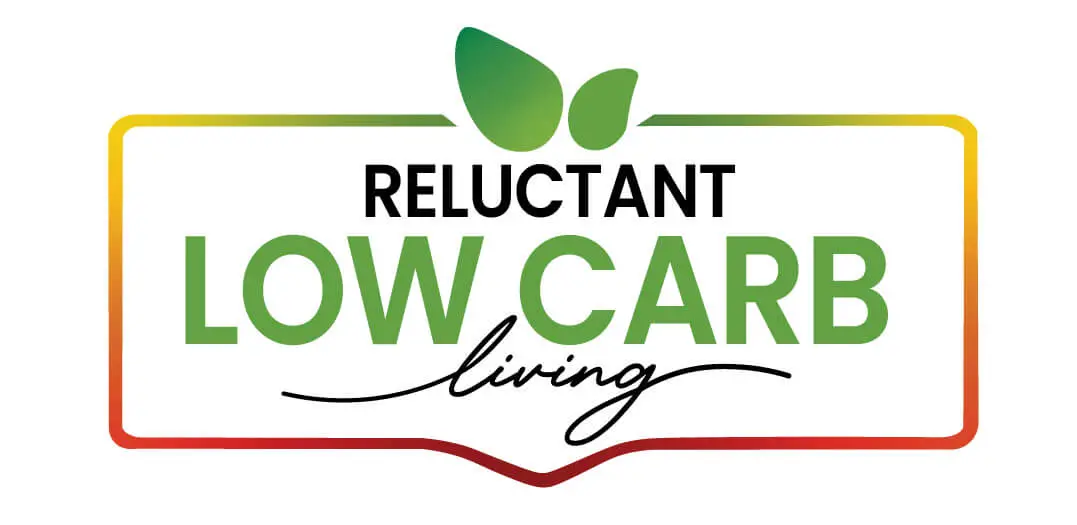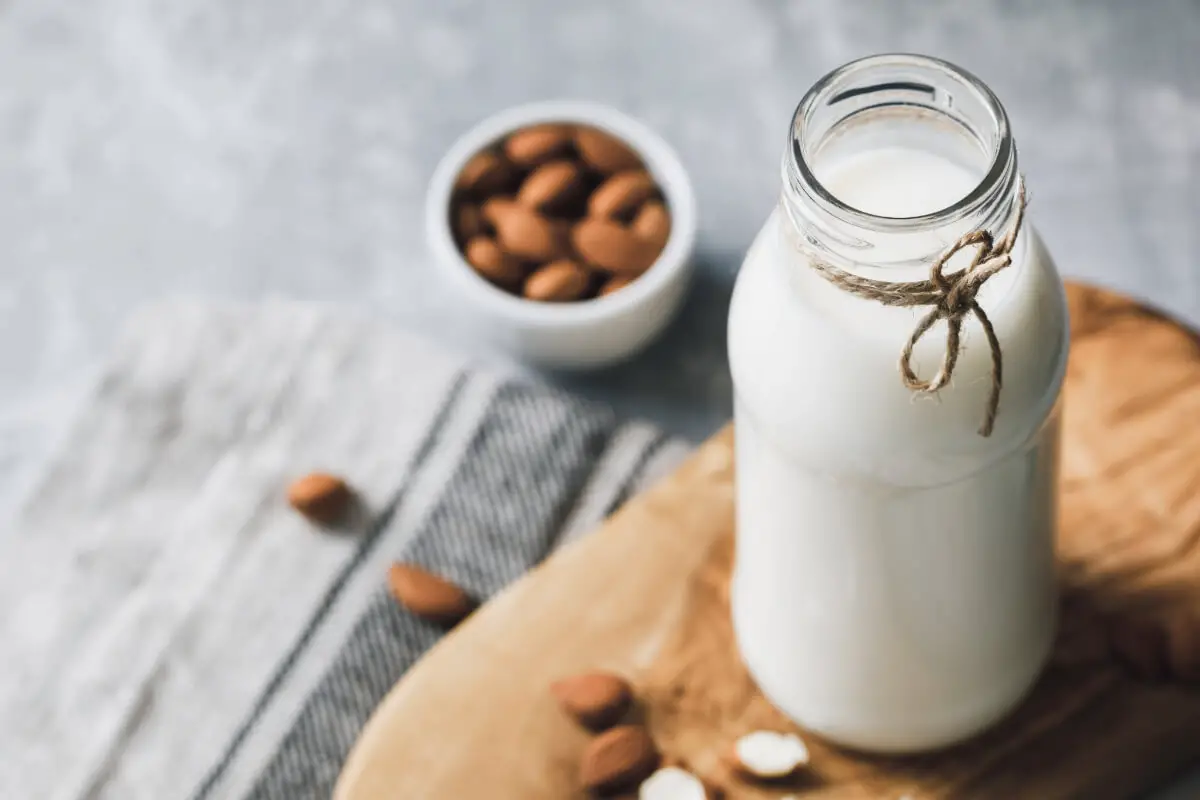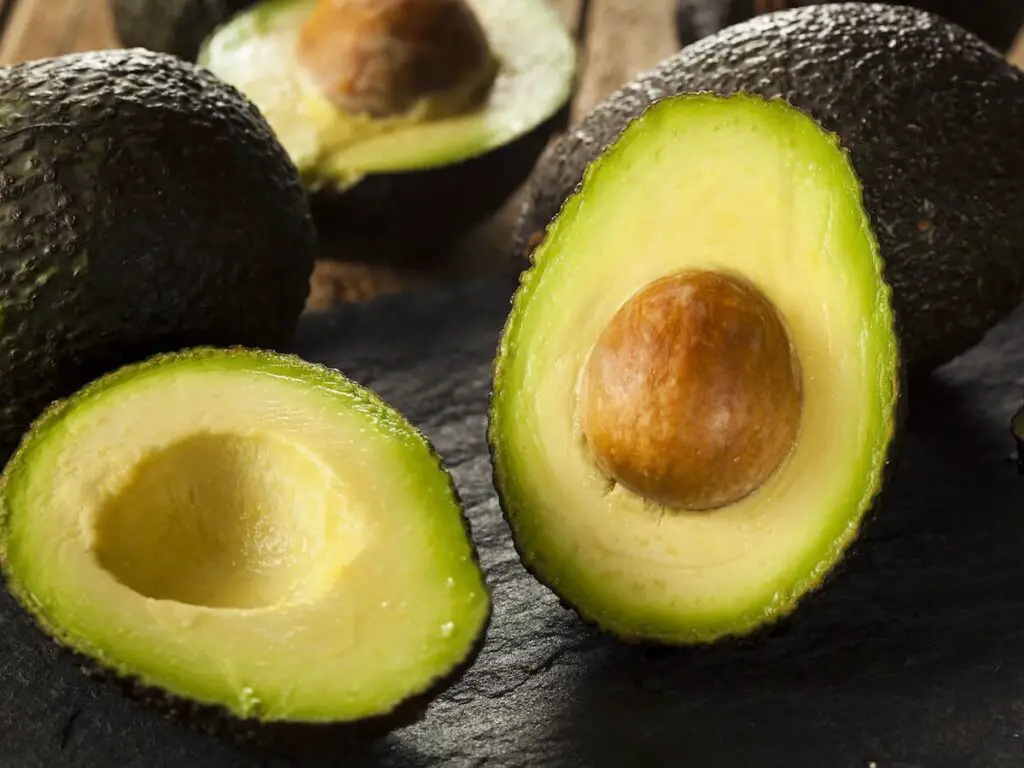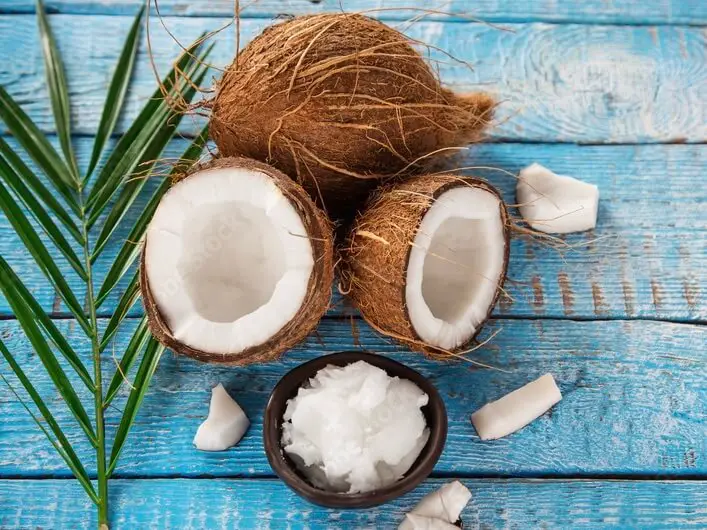Imagine sipping your morning latte with a smooth, creamy consistency that belies its non-dairy origins. Almond milk, a plant-based substitute for traditional dairy, has surged in popularity, heralding a new era in how we think about milk. As curiosity sprouts around this almond-derived beverage, understanding its roots and how it’s crafted becomes essential.
In this exploration, we will peel back the layers of almond milk, from its humble beginnings as simple nuts to the sophisticated processes that transform them into the dairy-free milk lining our supermarket shelves. Whether you’re lactose intolerant, vegan, or simply looking to reduce your carbon footprint, join us to uncover the essence of almond milk and its place in our daily lives.
Table of Contents
Almond Milk Basics
Almonds Unleashed: The Wholesome Goodness of Almond Milk Decoded
Welcome to the chicest corner of the internet, where elegance meets wellness in a dance of delightful decadence. Today, let’s pour ourselves into the world of almond milk – the creamy, dreamy, plant-based darling that’s been gracing our glasses and elevating our smoothie bowls to gastronomic artwork.
As a radiant beacon in the plant milk constellation, almond milk stands out for its versatility, nutty flavor, and luscious texture. But what is this almond elixir that has everyone from baristas to beauty gurus raving?
Let’s dive into its understated elegance. Almond milk is a plant-based beverage made from almonds and water. It’s a dairy-free, vegan-friendly liquid with an enviable profile – low in calories and devoid of cholesterol, making it the perfect plus-one for your breakfast table or midday pick-me-up.
The alchemy of almond milk begins with the finest selection of almonds. Harvested at the peak of perfection, these nuts are soaked in water to soften and release their nutrient bounty. The softened almonds are blended with water until beautifully broken down.
This velvety mixture is then strained meticulously, allowing the milk to emerge free from any traces of almond pulp. What’s left is a silky, rich fluid affectionately known as almond milk.
Some artisans of almond milk elevate their craft by adding a touch of sweetness or a sprinkle of sea salt, catering to a palette of preferences. Others infuse the milk with fortifying vitamins and minerals to mimic the nutritional profile of cow’s milk, ensuring you’re sipping on a cup of wholesome goodness.
Almond milk isn’t just a mere beverage; it’s an expression of culinary finesse. Whether dousing your cereal, foaming it for a latte, or simply enjoying it ice-cold straight from the carton, almond milk can transform the mundane into the magnificent.
So raise a glass to the luxury of health and the majesty of taste that is almond milk – a simple indulgence, a luxurious necessity. Cheers to enlightened sipping!
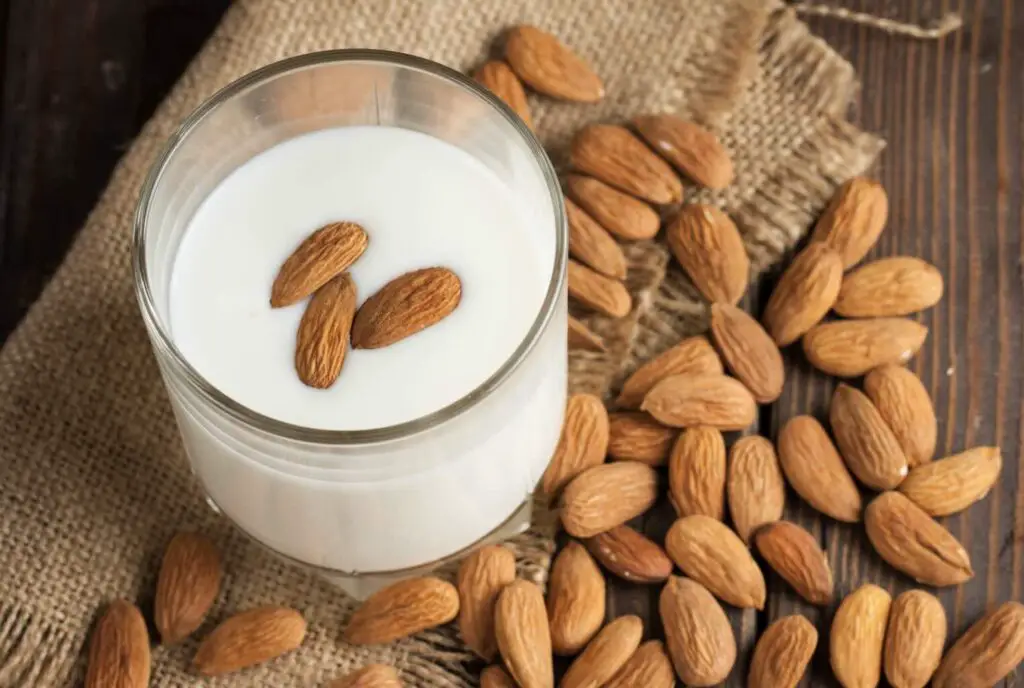
Dairy vs. Plant-Based Alternatives
The Rise of Almond Milk: A Chic Alternative to Traditional Dairy
Plant-based alternatives have taken center stage in the culinary world’s modern quest for wellness and sustainability. One such starlet is almond milk, casting a luxe shadow over traditional cow’s milk with its versatile appeal and sophisticated profile.
Almond milk is not just a substitute but a lifestyle statement, elevating everything from morning granola to afternoon latte.
For the health-conscious and lactose-intolerant, transitioning from cow’s milk to almond milk is a move toward digestive harmony. The absence of lactose makes almond milk a gentle companion for the stomach, reducing the bloating and discomfort that dairy can often provoke.
Moreover, there’s the undeniable allure of its nutrient composition—rich in Vitamin E, almond milk is a natural antioxidant, promoting skin health and leaving you radiant from the inside out.
Those with a penchant for maintaining a svelte figure find almond milk’s low-calorie content exceptionally appealing. With nearly half the calories of skim milk, it’s the perfect ally for anyone counting calories without compromising on creamy decadence.
But what about the die-hard dairy enthusiasts for whom milk’s richness is non-negotiable? Fear not—unsweetened almond milk, though naturally more subtle in flavor, can mimic traditional milk’s lush texture, making it an excellent base for smoothies, a premium addition to coffee, and a sumptuous partner to a dark chocolate dessert.
Almond milk emerges as an environmental champion in alignment with ethical consumption trends. Cresting the wave of eco-conscious living, it’s a product that aligns with values of animal welfare and reduced carbon footprint, as almond milk generally requires less water and resources than dairy farming.
It’s an easy switch with profound implications, aligning your morning routine with the planet’s health.
On the topic of sustainability and aesthetics, packaging cannot be overlooked. Find a brand proudly presenting its almond milk in chic, recyclable materials. It speaks volumes of your eye for detail and care for Mother Earth when even your choice of milk can double as a fashion statement.
A glass of warm almond milk might become the new nightcap when the evening calls for comfort. Its subtle, nutty notes make it a sophisticated way to unwind, turning a simple daily habit into a luxurious ritual.
Choosing between almond and traditional cow’s milk may be a personal preference or dietary requirement. Still, whichever the choice, one cannot deny the position almond milk has carved for itself in the pantheon of modern, health-forward living.
Its ascent in popularity is no fleeting trend; it is a testament to the changing tides of consumer habits where luxury, sustainability, and wellness entwine.
Take a sip, embrace the change, and let the smooth taste of almond milk elevate the every day into a statement of personal style and conscious living.

Almond Milk in Culinary Use
Let’s dive into culinary creativity and ask the eco-chic question on every avant-garde cook’s mind: Can almond milk step into the spotlight and replace dairy in cooking and baking? Oh, the allure of crafting sumptuous dishes with this plant-based elixir—let’s explore the possibilities!
Almond milk has surreptitiously found its way into the heart of every modern kitchen, and for good reason. Its delicate taste and creamy consistency have many reaching for it, eager to infuse their dishes with a dose of contemporary finesse. But let’s get to the crux of it—can it indeed hold its own in the traditional bastions of butter and cream?
The answer is a resounding nod to the progress of palate-pleasing innovation. In savory dishes, almond milk provides the foundation for velvety sauces and soups. Whether a creamy tomato basil soup or a rich béchamel sauce, almond milk offers a lighter yet equally satisfying alternative to their dairy-laden counterparts.
Keep the whisk ready, as this nut milk blends seamlessly, elegantly emulsifying with other ingredients to achieve that sought-after luscious texture.
Shifting to the sweet spectrum, almond milk is a confectionery chameleon. When the oven preheats, and the aroma of vanilla essence fills the air, almond milk steps up its game. From moist banana bread to fluffy pancakes, it’s a virtuoso in moisture management, skillfully maintaining that perfect crumb texture without overwhelming the palate.
And speaking of sweets, let’s not overlook the artisanal ice creams and desserts that become guilt-free decadents when kissed by almond milk. The versatility shines through in the churning and freezing, presenting a divine consistency that rivals the creamiest gelatos.
Your spoon is waiting to glide through a dairy-free chocolate mousse that loses none of the richness when almond milk is at the helm.
But what about the heat, you ask? Almond milk has somewhat different thermal properties than cow’s milk, so minor temperature and cooking time adjustments might be necessary. Yet, once mastered, it confidently stands up to the culinary challenge, basking in the glow of simmering pots and warming ovens.
Almond milk is a staple and statement for those infusing wellness into every aspect of living. It proves that sensibility and a penchant for the fine things in life can coalesce into diet choices that don’t just satiate; they satisfy the soul. It’s not just about substitution; it’s about reinvention, redefining the canvas of cooking with grace and a commitment to well-being.
So, raise your glass (or perhaps your saucier) to almond milk—the dairy alternative that matches traditional milk’s performance and does so with panache. Whether whisked into a divine sauce or folded into a tender cake, almond milk is at the forefront of contemporary cuisine. Bon appétit!
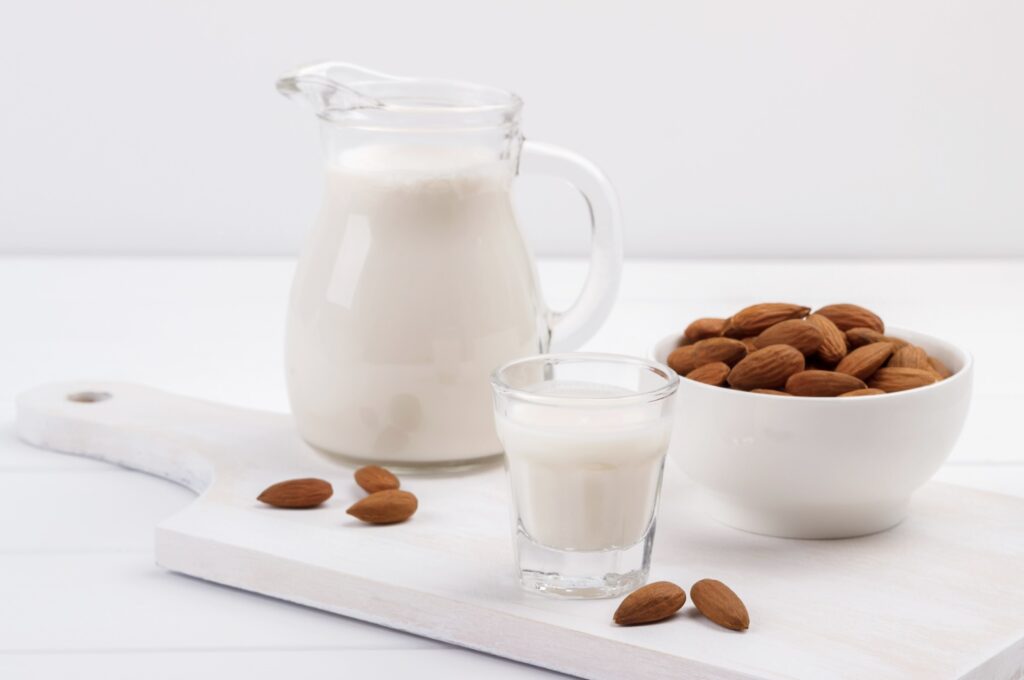
Almond milk’s journey from a fringe alternative to a mainstream staple in refrigerators around the country underscores a broader shift in our dietary landscape. We’ve traversed the realm of this versatile nut milk, uncovering its production nuances, health implications, and the pivotal role it plays in the culinary world.
From enhancing the flavor of your morning cereal to providing a base for your creamy sauces, almond milk stands as a testament to innovation and choice within our diets. As we continue intertwining the threads of health consciousness, ethical consumption, and environmental sustainability, almond milk answers these calls and beckons us to reimagine the future of what we drink.
At Reluctant Low Carb Life, we are staunch advocates of the Health Trifecta: Fullness, Fitness, and Freshness. Additionally, we embrace the pillars of health, wellness, and graceful aging. Our mission is to provide honest and precise information to individuals dedicated to adopting a healthy lifestyle while enhancing their fitness and well-being.
We have a free monthly newsletter that is filled with information and helps you remain updated. Subscribe to the Reluctant Low Carb Life newsletter by clicking here.
Listen to our weekly podcast, Reluctant Low Carb Life, on all the major podcast platforms by clicking here.
Follow us on Instagram and Facebook by clicking here.
Related Question
Can I Use Real Milk To Substitute Almond Milk?
Real dairy milk and unsweetened almond milk can be interchangeable in most recipes, especially recipes for baked goods. The almond milk you are using may have more water than your natural dairy milk, so you may need to account for that in your baking time because the water may evaporate sooner, or the baking might be slower.
You can read more about Can I Use Real Milk To Substitute Almond Milk? by clicking here.
Do We Get Fat In Drinking Almond Milk?
If you are new to almond milk, it can be pretty confusing to understand precisely the best kind of almond milk for you to drink. In the grocery store aisle, there are many different types of almond milk.
You can read more about Do We Get Fat In Drinking Almond Milk? by clicking here.
Is Almond Milk Considered A Dairy Product?
Almond milk is not considered a dairy product as it is technically a plant-based milk substitute. A dairy product is a product that comes from an animal, such as a dairy cow or even a goat. We recommend substituting unsweetened almond milk for dairy milk on a keto and low-carb diet.
You can read more about Is Almond Milk Considered A Dairy Product? by clicking here.
